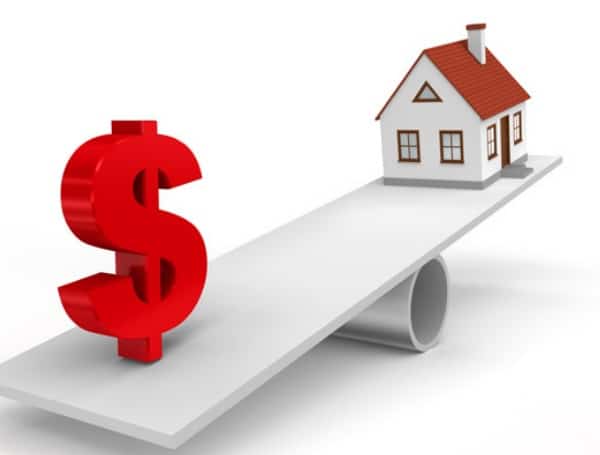Every metro area tracked by the National Association of Realtors® during the third quarter of 2020 saw home prices increase from a year ago, according to NAR’s latest quarterly report, released today.
Due in large part to record-low mortgage rates and depleted nationwide housing inventory, median single-family home prices grew year-over-year in all 181 metropolitan statistical areas[1] tracked by NAR, as every measured market showed sales price gains.
“Favorable mortgage rates will continue to bring fresh buyers to the market,” said Lawrence Yun, NAR chief economist. “However, the affordability situation will not improve even with low interest rates because housing prices are increasing much too fast.”
Sixty-five percent of metros – 117 areas out of 181 – witnessed double-digit price growth from one year ago. In comparison, only 15 metro areas recorded double-digit increases in 2020’s second quarter. The biggest gainers in the third quarter were Bridgeport, Conn. (27.3%); Crestview, Fla. (27.1%); Pittsfield, Mass. (26.9%); Kingston, N.Y. (21.5%); Atlantic City, N.J. (21.5%); Boise, Idaho (20.6%); Wilmington, N.C. (20.6%); Barnstable, Mass. (19.4%); Memphis, Tenn. (19.1%); and Youngstown, Ohio (19.1%).
The nation’s median existing single-family home price climbed 12.0% on a year-over-year basis, to $313,500. All four major regions saw double-digit year-over-year price gains, led by the West (13.7%), but followed closely by the Northeast (13.3%), the South (11.4%), and the Midwest (11.1%). At this rate, home prices were growing four times as fast as median family income, which was 2.9%.
“In light of the pandemic, prices jumped in a number of metros that contain larger properties and open space – where families could find extra rooms, including areas for an at-home office,” said Yun.
Eight of America’s 10 most expensive metro areas are located in the West region, with the remaining two in the East region. Those include San Jose, Calif. ($1.40 million); San Francisco, Calif. ($1.125 million); Anaheim, Calif. ($910,000); Urban Honolulu, Hawaii ($866,200); San Diego, Calif. ($729,000); Los Angeles, Calif. ($708,900); Boulder, Colo. ($673,400); Seattle, Wash. ($617,700); Bridgeport, Conn. ($591,400); and Boston, Mass. ($588,100).
At the end of the third quarter, 1.47 million existing homes were available for sale,[2] 19.2% lower than total inventory at the end of 2019’s third quarter.As of September 2020, housing inventory totals were equivalent to 2.7 months at the current sales pace.
As Yun noted, rapidly rising prices take a toll on home affordability. With higher home prices, the monthly mortgage payment on a typical existing single-family home – one that is financed with a 30-year fixed-rate mortgage and 20% down payment – rose to $1,059 in the third quarter. This is an increase from the second quarter ($1,019) and from 2019’s third quarter numbers ($1,032).
At the median U.S. family income of $81,477, mortgage payments accounted for 15.6% of income in the third quarter, an increase from the second quarter share of 14.8% but unchanged from the share seen one year ago. The effective 30-year fixed mortgage rate[3] averaged 3.01% in the third quarter of 2020, down from both the second quarter of 2020 (3.29%) and from one year ago (3.71%).
With home prices continuing to rise, families needed roughly $50,819 in annual income to comfortably afford a mortgage on a typical existing single-family home, up from $48,912 in the second quarter and from $49,536 this time last year. A 30-year fixed-rate, 20% down payment mortgage is considered affordable if the mortgage payment accounts for no more than 25% of a family’s income. A home purchase was affordable because the median family income was $81,477.
“As home prices increase both too quickly and too significantly, first-time buyers will increasingly face difficulty in coming up with a down payment,” said Yun. “Transforming raw land into developable lots and new supply are clearly needed to help tame the home price growth.”
In 125 of the 181 metro areas, a family needed less than $50,000 to afford a home. However, in eight metro areas, a family needed more than $100,000: San-Jose-Sunnyvale, Calif. ($228,862); San Francisco, Calif. ($183,907); Anaheim, Calif. ($148,760); Urban Honolulu, Hawaii ($141,600); San Diego, Calif. ($119,172); Los Angeles, Calif. ($115,886); Boulder; Colo. ($110,083); and Seattle, Wash. ($100,977).

